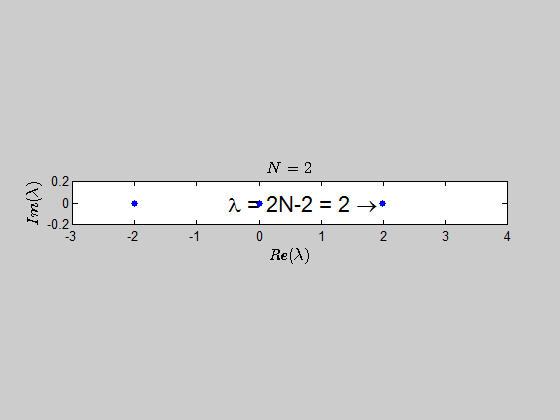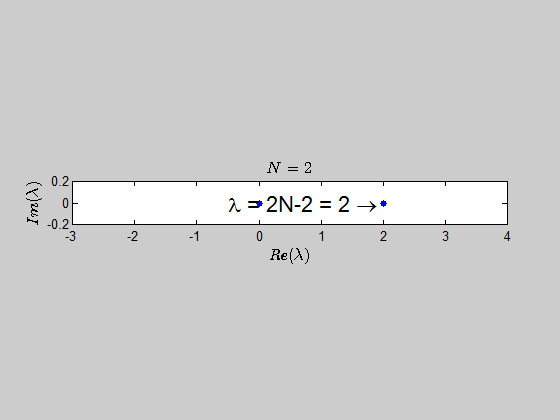One source that I have has a definition (kind of hidden away in the questions): "An $m\times n$ matrix $A$ is called upper triangular if all entries lying below the diagonal entries are zero, that is, if $A_{ij}=0$ whenever $i>j$." (p.21 Friedberg et al, Linear Algebra 4th edition)
I have yet to find a source that explicitly contradicts this definition (so deliberately states that $m \times n$ matrices cannot be upper triangular), thereby limiting upper triangular matrices to square matrices only. But in all my other sources we have something similar to "...$A \in M_{n \times n}(K)$...upper triangular iff...". The other sources I could consult here was p.37 Cullen (Matrices and linear transformations) and p.149 Golan (The linear algebra a beginning graduate student ought to know).
I will answer your question just for the cases $N = 2$ and $N = 3$:
Let
$$ B_2 = \left(
\begin{array}{cccc}
0 & 1 & 1 & 0 \\
1 & 0 & 0 & 1 \\
1 & 0 & 0 & 1 \\
0 & 1 & 1 & 0
\end{array}
\right), \quad B_3 = \left(
\begin{array}{cccccc}
0 & 1 & 1 & 1 & 1 & 0 \\
1 & 0 & 1 & 1 & 0 & 1 \\
1 & 1 & 0 & 0 & 1 & 1 \\
1 & 1 & 0 & 0 & 1 & 1 \\
1 & 0 & 1 & 1 & 0 & 1 \\
0 & 1 & 1 & 1 & 1 & 0
\end{array}
\right), $$
then, $\text{Spec}{(B_2)} = {(-2,2,0,0)} \, $ and $\text{Spec}{(B_3)} = (-2,-2,0,0,0,4). $
With the help of numerics, I've been able to show (at least for sufficiently large values of $N$) that the characteristic polynomial is given by:
$$\color{blue}{p(\lambda) =\det{(B_N - \lambda I_{2N})} = (\lambda - 2N +2)(\lambda+2)^{N-1} \lambda^N }$$
which tells you that the only eigenvalues of this kind of matrices are $-2,0,2N-2 \ $ with the corresponding multiplicities given by $p(\lambda)$.
Here is an animation showing the spectrum of the matrices $B_N$ for $N \in (2,30)$:

Here's the same approach in the case we have the $B_N$ matrices defined as:
$$B_N = \begin{bmatrix} C_N & A_N \\ A_N & C_N \end{bmatrix},$$
then:
$$\color{blue}{p(\lambda) =\det{(B_N - \lambda I_{2N})} = \left\{ \begin{array}{ll}
\left(\lambda - 2N + 2\right) (\lambda-2)^{N/2}(\lambda+2)^{(N-2)/2} \lambda^{N} & N \text{ even} \\
\left(\lambda - 2N + 2\right) (\lambda-2)^{(N-1)/2}(\lambda+2)^{(N-1)/2} \lambda^{N} & N \text{ odd}
\end{array}\right.}$$
which tells you that the only eigenvalues of this kind of matrices are $-2,0,2,2N-2 \ $ with the corresponding multiplicities given by $p(\lambda)$.
Here is another animation showing the spectrum of the matrices $B_N$ for $N \in (2,30)$:

pretty cool!
Hope somebody can shed some light on these results.
Cheers!


Best Answer
It is possible to solve this problem in this way. Consider first a matrix of the form $$ \begin{pmatrix} A & C\\ 0 & B \end{pmatrix} $$ where $A$ and $B$ are square matrices of order $p$ and $q$ and this matrices do not have characteristic values in common and where $C$ is a rectangular matrix of dimension $p\times q$. Under these conditions, the equation $AX-XB=C$ has a unique solution (see Gantmacher F. R., The Theory of Matrices, chapter VIII).
Then we have $$ \begin{pmatrix} E_p & X\\ 0 & E_q \end{pmatrix} \begin{pmatrix} A & C\\ 0 & B \end{pmatrix} \begin{pmatrix} E_p & -X\\ 0 & E_q \end{pmatrix}= \begin{pmatrix} A & 0\\ 0 & B \end{pmatrix} $$ Here $E_k$ is a unit matrix of order $k$.
You can now complete the solution by a consistent application of the above rule. Starting, for example, with $A_{11}$.